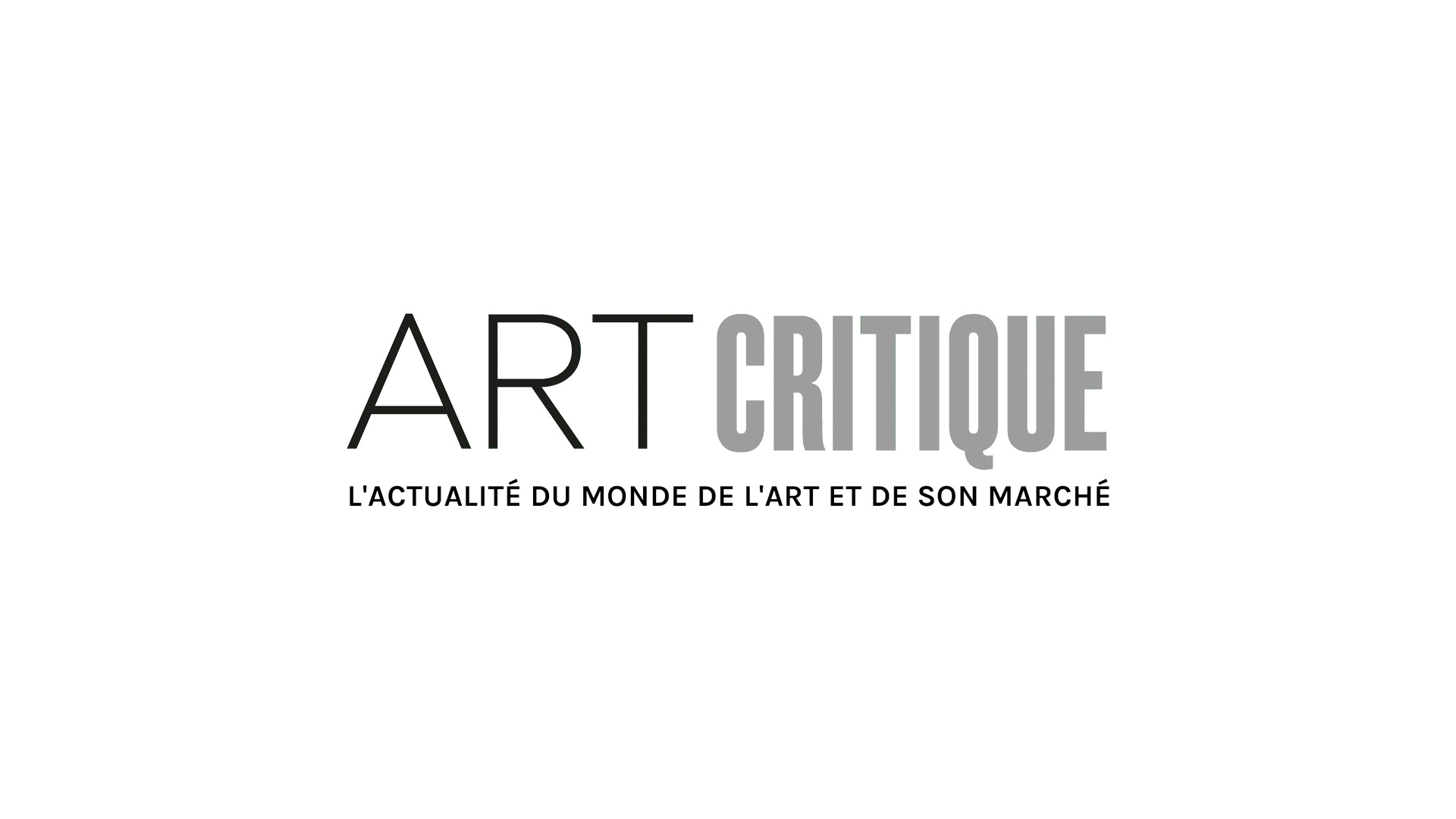Edinburgh’s City Observatory on Calton Hill is a beloved neoclassical monument making up part of the city’s historic skyline. The observatory, which had fallen into disrepair, has recently gotten a facelift by an unusual source: Collective gallery, a small, non-profit visual arts organization established in 1984. After eight years and receiving the necessary £4.5 million from the City of Edinburgh Council, Creative Scotland, and the Heritage Lottery Fund, Collective recently reopened the observatory as an arts complex despite multiple delays.
Designed in 1818 by William Henry Playfair in the style of a Greek temple, the observatory once provided timekeeping information for sailors plotting courses from the nearby town of Leith. Soon after the inauguration of the observatory, it fell victim to its own research. In 1896, the Royal Observatory moved from the site after Charles Piazzi Smyth established a better location for the scientific complex. The scientific building has since faced vandalism, dry rot, and theft.
After the last astronomer left in 2009, Collective became the first organization to get involved in an effort to revamp the complex in 2010. Pushing past warnings that the non-profit might lose their city centre home of 20 years, Collective couldn’t pass up the Calton Hill location according to their director, Kate Gray.
Collective’s revamp is marked by a collaborative exhibition, which will run from the 24th of November 2018 to March 2019, titled ‘Affinity and Allusion’. The inaugural show includes works by Dineo Seshee Bopape, James N. Hutchinson, Catherine Payton, Teresa Lynch, and Klaus Weber.
Bopape’s installation titled [when spirituality was a baby] inhabits the City Dome and centres on spirituality, cosmology, astronomy, and astrology as it looks at alternative methods of prediction. Drawings and diaries by Hutchinson are located in the library of the complex. Hutchinson found inspiration in the works of botanical artist Margaret Stewart and geologist Jessica Duncan for his Rumours of a New Planet. Meanwhile, Weber’s Nonument offers a mischievous reimagining of Calton Hill with a cigarette-smoking snowman in a hat fashioned from a broken bottle posing atop a plinth found on the site. Works by Payton and Lynch flesh out ‘Affinity and Allusion’ but will be ongoing installations.
For the managing council of Calton Hill, the makeover is two-fold: it will allow for Collective to become more self-sustaining and it will also increase public involvement. Collective is predicting that the art complex’s galleries, restaurant, and shop will attract 150,000 visitors in the first year. Moreover, Collective’s Calton Hill will hopefully smooth over controversy that swept through the Scottish museum community when Inverleith House art gallery was rumoured to be closing in 2016.
Thus, the once cutting-edge scientific complex of the Enlightenment will now find new life as the newest home for Edinburgh’s art.





